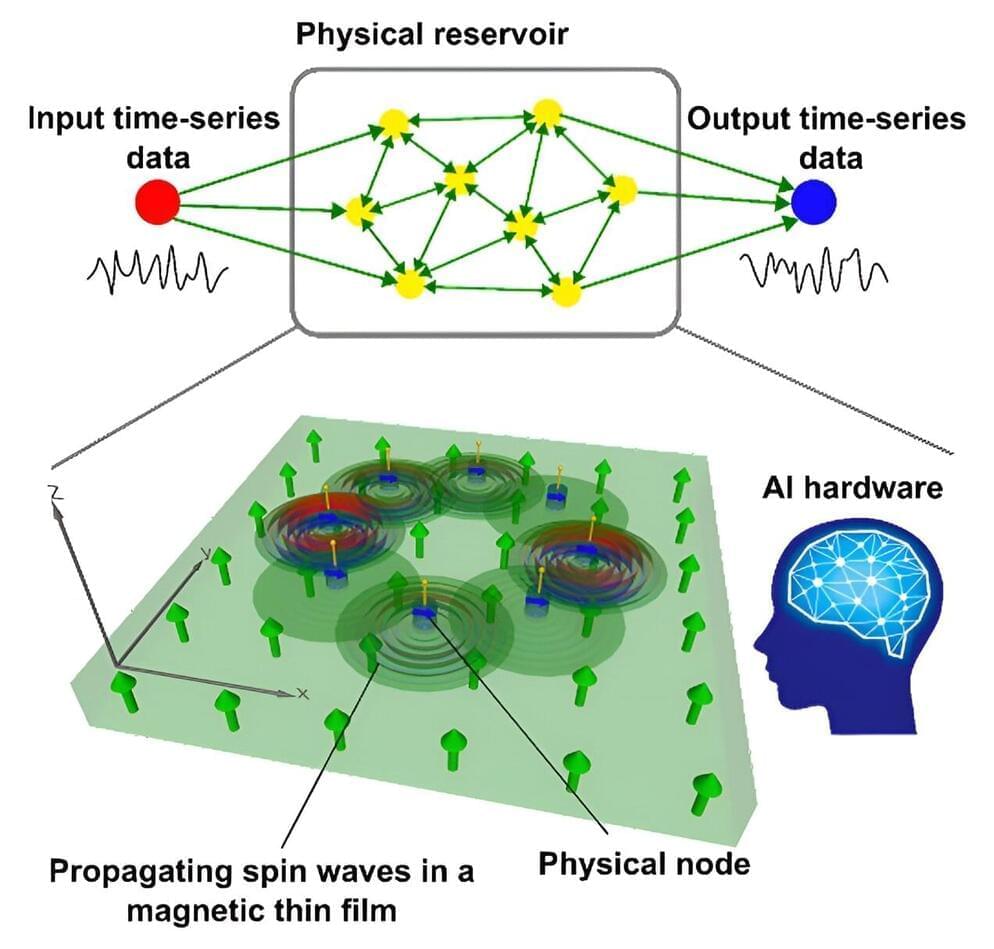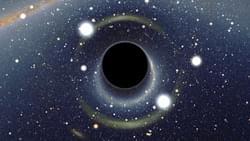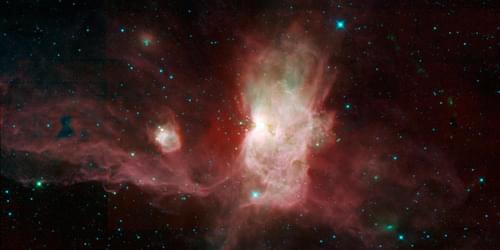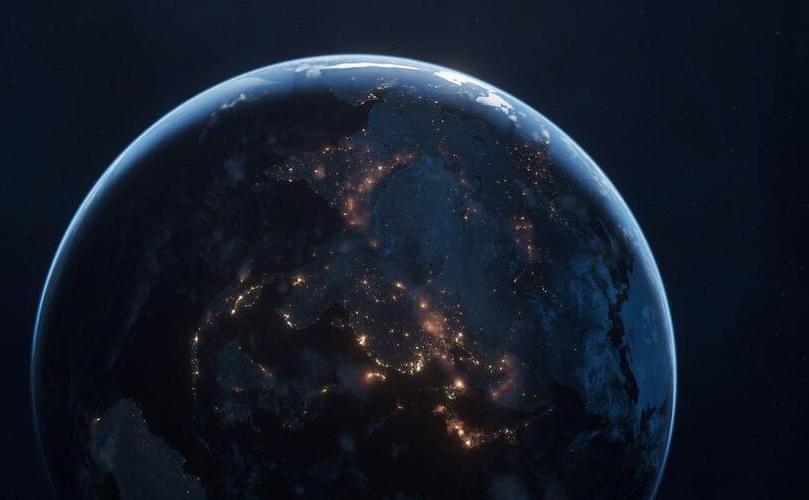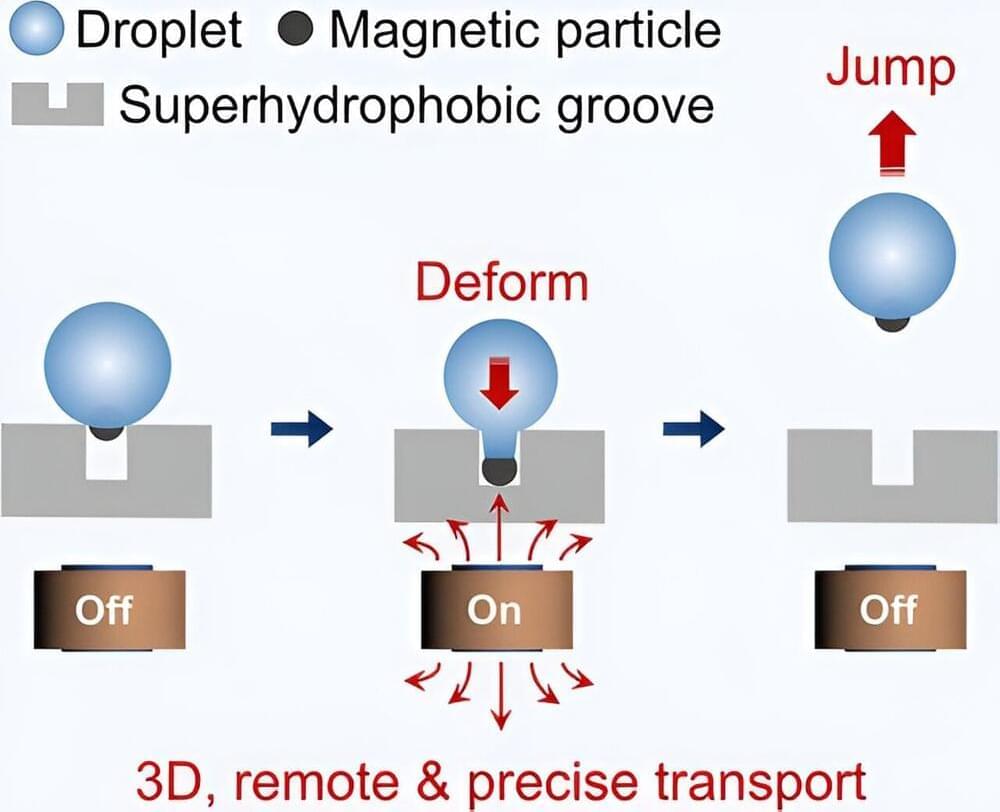A group of Tohoku University researchers has developed a theoretical model for a high-performance spin wave reservoir computing (RC) that utilizes spintronics technology. The breakthrough moves scientists closer to realizing energy-efficient, nanoscale computing with unparalleled computational power.
Details of their findings were published in npj Spintronics on March 1, 2024.
The brain is the ultimate computer, and scientists are constantly striving to create neuromorphic devices that mimic the brain’s processing capabilities, low power consumption, and its ability to adapt to neural networks. The development of neuromorphic computing is revolutionary, allowing scientists to explore nanoscale realms, GHz speed, with low energy consumption.
